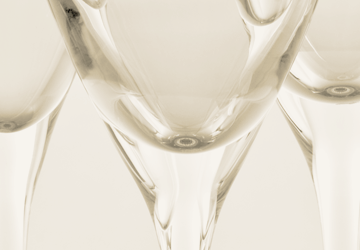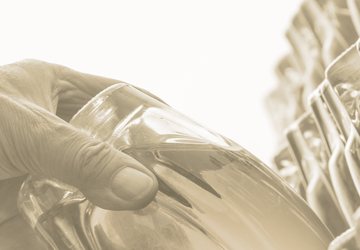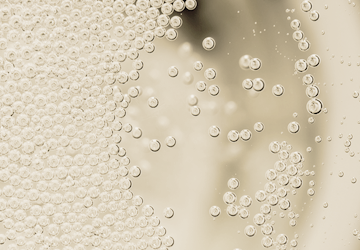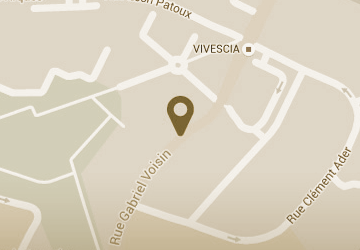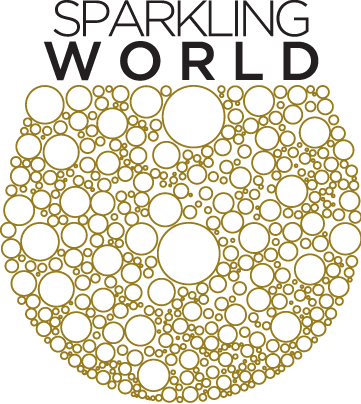AOC Champagne
The Champagne appellation lays down the policies and procedures for the production and marketing of Champagne and deals with all aspects of the terroir, vineyards, harvesting, production methods, time to market and packaging.
Download
These are the key points of the appellation:
Download
- The AOC (Appellation d'Origine Contrôlée) “Champagne” was recognised by a decree of 29 June 1936.
- The name “Champagne” can only be applied to white or pink sparkling wines.
- The AOC covers the communes of the départements: Aisne, Aube, Haute-Marne, Marne and Seine-et-Marne.
- The term “Grand Cru” can be used only for grapes from one or more of the following 17 villages: Ambonnay, Avize, Ay, Beaumont-sur-Vesle, Bouzy, Chouilly, Cramant, Louvois, Mailly-Champagne, Le Mesnil-sur-Oger, Oger, Oiry, Puisieulx, Sillery, Tours-sur-Marne, Verzenay and Verzy.
- The term “Premier Cru” can be mentioned if the grapes originate from one or more of the following 42 villages: Avenay-Val-d'Or, Bergères-lès-Vertus, Bezannes, Billy-le-Grand, Bisseuil, Chamery, Champillon, Chigny-lès-Roses, Coligny (Val-des-Marais), Cormontreuil, Coulommes-la-Montagne, Cuis, Cumières, Dizy, Ecueil, Etrechy, Grauves, Hautvillers, Jouy-lès-Reims, Ludes, Mareuil-sur-Ay, Les Mesneux, Montbré, Mutigny, Pargny-lès-Reims, Pierry, Rilly-la-Montagne, Sacy, Sermiers, Taissy, Tauxières, Trépail, Trois-Puits, Vaudemanges, Vertus, Villedommange, Villeneuve-Renneville, Villers-Allerand, Villers-aux-Noeuds, Villers-Marmery, Voipreux et Vrigny.
- The grape varieties permitted in Champagne are: Arbane (white), Chardonnay (white), Meunier (black), Petit Meslier (white), Pinot Blanc (white), Pinot Gris (grey) and Pinot Noir (black).
- White Champagne can be made from a blend of any combination of white, grey and black grapes, exclusively from white grapes (Blanc de Blancs), or only from black grapes (Blanc de Noirs).
- Champagne can be blended by combining: different grape musts, different wines, or a mix of grape must and wine.
- A pink Champagne can obtain its characteristics by either: direct pressing, maceration, saignée (bleeding off the must that has been coloured by being left in contact with the black grape skins), or blending (of red and white wines before bottling).
- Champagne millésimé is a vintage champagne. This means that all the grapes come from a single year's harvest or vintage. The year will be indicated on both the label and be stamped on the cork. Only 80% of a producer's grape harvest for any one year can be used to make vintage Champagne.
- Secondary fermentation must take place in the bottle. Bottling cannot take place prior to the January following the grape harvest.
- Disgorging cannot be carried out until an uninterrupted period of 12 months has elapsed from the date of bottling.
- Vintage champagnes cannot be marketed until a period of 36 months of ageing has elapsed from the date of bottling.
- The maximum distance between 2 rows of vines in a vineyard is 1.5m, while the distance between 2 vines in the same row is not less than 0.9m and not more than 1.5m. The sum of the distances (between 2 rows and 2 vines) cannot exceed 2.5m.
- Four pruning techniques are permitted in Champagne: Taille Chablis, Taille en Cordon de Royat, Taille de la Vallée de la Marne (for the Meunier variety only)and Taille Guyot simple, double or asymmetric.
- The maximum quantity of grapes produced per hectare is fixed at 19.700 kilograms.
- The grapes must be harvested whole (manually). The target yield is fixed at 12.400kg per hectare and the targeted maximum yield is set at 15.500kg per hectare.
- The governing body fixes the dates for the grape harvest when the grapes are sufficiently ripe. The grapes are considered to be ready for picking when there are 143g of sugar per litre of grape must and the minimum natural alcoholic strength by volume is 9%.
- Grapes must be transported directly to be pressed in authorised containers that allow any surplus or lost liquids to be removed immediately.
- Grapes are pressed while still whole. The presses can vary in dimension from presses for 2,000kg to 12,000kg loads.
- Base wines are pressed at 102 litres of grape must for 160kg of grapes.
- The maximum alcoholic strength by volume for a Champagne is 13%.
- The use of wood chippings in the production of Champagne is not allowed.
- The increase in volume of grape must during primary fermentation cannot exceed 1.12% for a 1% increase in alcoholic strength.
- At the end of secondary fermentation in the bottle (prise de mousse), wines should have no more than 10g/l residual fermentable sugar (glucose and/or fructose).
- Champagne can be transferred into larger or smaller bottles, after the secondary fermentation process, providing that the new bottles hold more than 3 litres (jeroboam) or less than 37.5cl (half bottle).
A copy of the full Champagne Appellation (in French) is available for download on this page.


